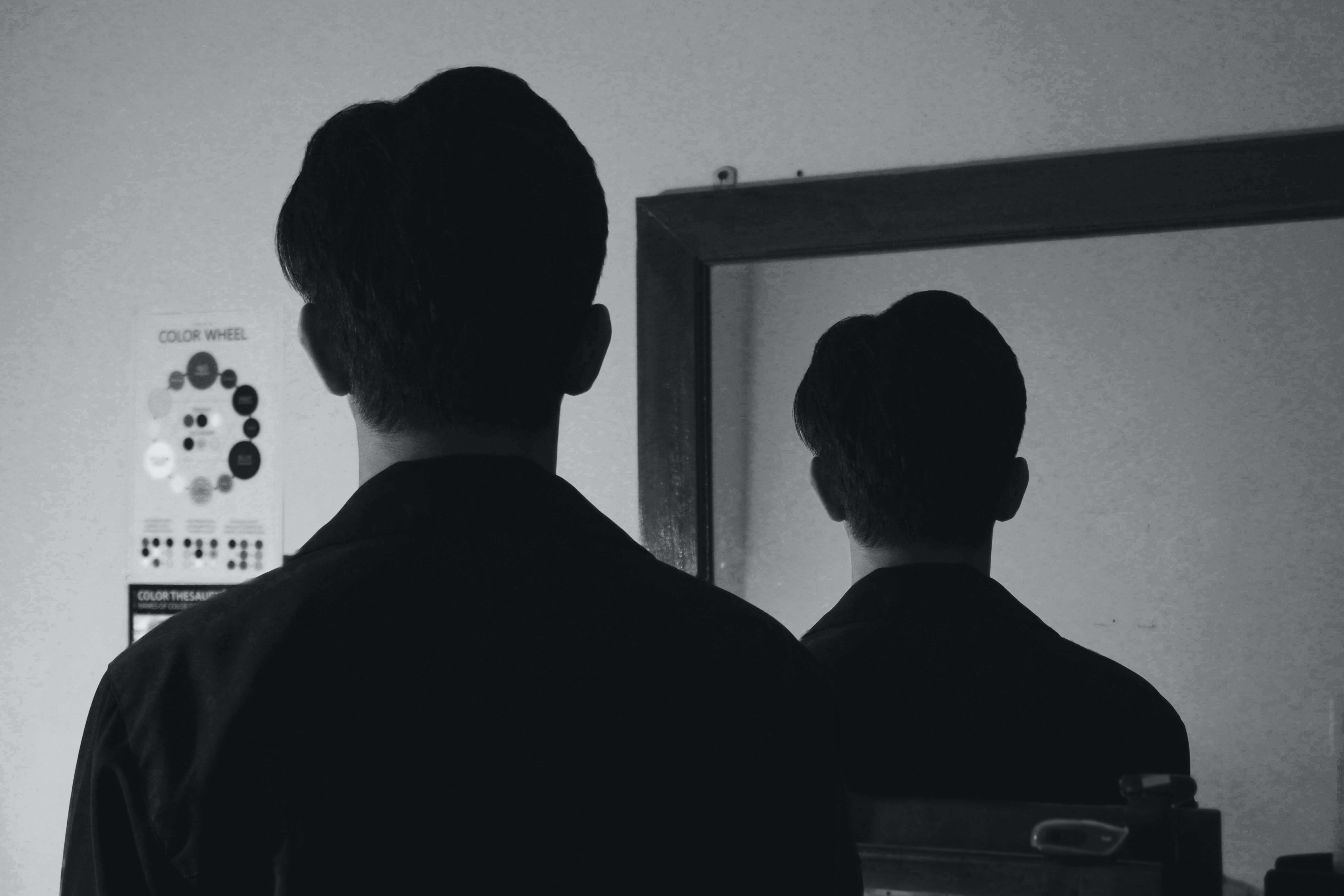Borderline Personality Disorder (BPD) Therapy

Help for BPD
Borderline Personality Disorder (BPD) is a complex mental health condition characterized by emotional instability, turbulent relationships, and a sense of identity disturbance. While living with BPD can be challenging, therapy offers a beacon of hope and healing. Therapy can empower individuals to regain balance and live fulfilling lives.
Understanding Borderline Personality Disorder
Borderline Personality Disorder is a mental health condition that affects how individuals think, feel, and relate to others. It often involves a pattern of intense emotional episodes, impulsive behaviors, and a shaky self-image. Key features of BPD include:
Intense Mood Swings: Individuals with BPD often experience rapid and intense shifts in mood, such as anger, sadness, and anxiety.
Fear of Abandonment: A deep-seated fear of abandonment, real or perceived, can lead to frantic efforts to avoid it, even in healthy relationships.
Impulsive Behaviors: Impulsive actions, such as reckless spending, substance abuse, self-harm, or unsafe sex, are common among individuals with BPD.
Unstable Relationships: BPD often results in tumultuous and unstable relationships, characterized by idealization followed by devaluation.
Identity Issues: A chronic sense of emptiness and unstable self-identity can lead to a lack of direction and purpose in life.
The Need for BPD Therapy
Individuals with BPD often face significant challenges in managing their emotions, behaviors, and relationships. Here's why therapy is crucial for BPD:
Emotional Stability: Therapy equips individuals with BPD with tools and techniques to manage their intense emotions and mood swings effectively.
Improved Relationships: Through therapy, individuals can learn healthier communication, relationship skills, and boundaries, leading to more stable and satisfying connections with others.
Reduced Self-Harm and Impulsivity: Individuals with BPD may engage in self-destructive behaviors to cope with intense emotions. Therapeutic interventions can help individuals find healthier ways to cope with distress, reducing self-harm and impulsive behaviors.
Enhanced Self-Identity: Therapy fosters self-awareness and a more stable sense of self-identity, helping individuals find purpose and direction in life.
Long-Term Recovery: BPD therapy is an essential component of long-term recovery, helping individuals build resilience and adaptive coping mechanisms.
Increased Resilience: BPD therapy equips individuals with adaptive coping strategies, enhancing their ability to face life's challenges with resilience.
Improved Self-Image: People with BPD often struggle with a negative self-image. Therapy can help individuals develop a more positive and realistic perception of themselves, fostering self-acceptance and self-compassion.
The Role of BPD Therapy
BPD therapy encompasses various therapeutic approaches aimed at helping individuals manage and alleviate their symptoms. Here are some of the key components of therapy for BPD:
Dialectical Behavior Therapy (DBT)
DBT is a specialized form of cognitive-behavioral therapy (CBT) developed explicitly for BPD. It focuses on teaching mindfulness, emotion regulation, interpersonal effectiveness, and distress tolerance skills. DBT helps individuals manage their intense emotions, reduce self-destructive behaviors, and build fulfilling lives.
Cognitive-Behavioral Therapy (CBT)
CBT is a widely used therapeutic approach that helps individuals identify and modify negative thought patterns and behaviors. In the context of BPD, CBT can target impulsive behaviors, self-criticism, and emotional regulation.
Schema-Focused Therapy
Schema-focused therapy helps individuals with BPD address deep-seated, maladaptive schemas or core beliefs that contribute to their emotional distress and dysfunctional behaviors. This therapy aims to reframe these schemas to promote healthier thinking and behaviors.
Mentalization-Based Therapy (MBT)
MBT focuses on improving an individual's ability to understand their own thoughts and feelings and those of others. It helps individuals with BPD develop better interpersonal skills, including empathy and perspective-taking.
Transference-Focused Therapy (TFT)
TFT explores the way individuals with BPD relate to their therapist, providing insight into their interpersonal patterns and vulnerabilities. This therapeutic approach helps individuals develop more secure and adaptive attachment styles.
Psychodynamic Psychotherapy
Psychodynamic psychotherapy explores the unconscious conflicts and patterns that contribute to BPD symptoms. Through this therapy, individuals gain insight into their emotions, behaviors, and relationship dynamics.
Finding Help and Support
If you or someone you know is living with BPD and seeking help, it's essential to take the first step towards therapy and support. Here's how to get started:
1. Recognize the Symptoms
Recognize the signs and symptoms of BPD, which may include intense mood swings, impulsive behaviors, fear of abandonment, and unstable relationships.
2. Consult with a Mental Health Professional
Schedule an evaluation with a mental health professional specializing in BPD diagnosis and treatment, such as a psychiatrist, psychologist, or licensed therapist.
3. Explore Treatment Options
Work with your mental health provider to determine the most appropriate treatment plan, which may include one or more therapeutic approaches tailored to your needs.
4. Build a Support System
Consider joining a support group or involving loved ones in your therapy journey to enhance your support system and share experiences and insights.
5. Stay Committed
BPD therapy is an ongoing process that requires commitment and patience. Be prepared to work through challenges and setbacks on your journey to recovery.
Conclusion and Next Steps
In conclusion, BPD therapy offers immense value to individuals struggling with Borderline Personality Disorder. By seeking therapy, individuals can gain valuable skills and support to regulate emotions, improve self-image, enhance relationships, and reduce self-destructive behaviors. The various types of therapy discussed, such as DBT, CBT, Schema-Focused Therapy, MBT, and Psychodynamic Psychotherapy, provide different approaches to address the unique challenges of BPD. If you or someone you care about is living with BPD, seeking therapy is the first step towards a more fulfilling and balanced life, unlocking the potential for lasting recovery and well-being.